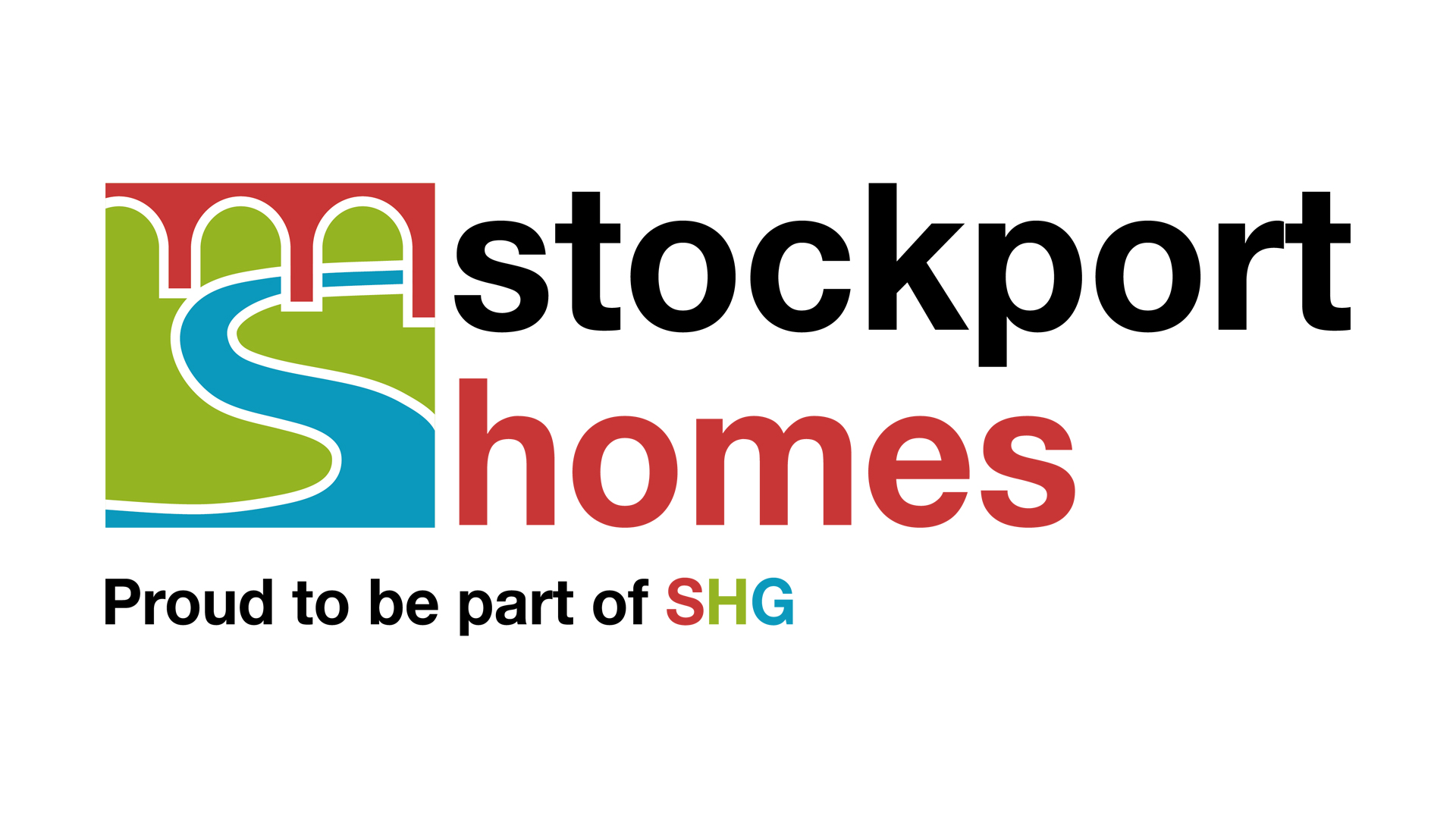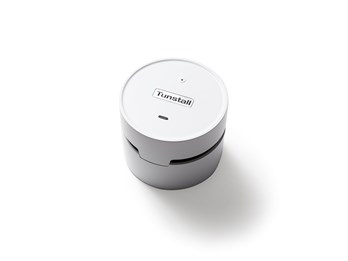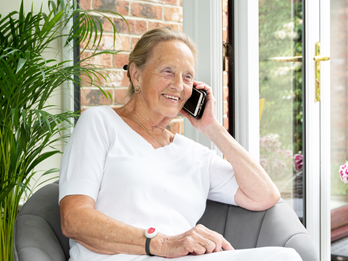Tunstall Sound Boosts have been brilliant in enabling us to contact service users if we receive a No Voice Contact call. In all cases it reduced the number of times we had to ring or attend the property after an NVC. It makes our service more efficient and reduces anxiety for the people we support.
Aimee Teare, Senior Project Officer, Preventative Services and TEL, Stockport Metropolitan Borough Council
The Challenge
Stockport Homes’ Carecall service provides 24 hour monitoring and response to more than 4,500 people, giving continuous reassurance and enabling independence. However, there are occasions when a service user presses their pendant accidentally, but is then unable to hear or communicate with the operator as they are too far from the home unit; a No Voice Contact (NVC) call. How has Carecall used new technology to reduce the number of NVCs?
What We Did
Carecall was experiencing a high number of NVCs, and 86%* of these were false alarms, where the service user didn’t need assistance. A number of technology solutions were identified that would help to address this, and Carecall undertook initial testing before choosing the Tunstall Sound Boost to trial in the community with service users. The centre’s PNC monitoring software was used to identify a cohort of users associated with high levels of NVCs, and five took part in a trial over six weeks.
Tunstall Sound Boost is a telecare device that wirelessly connects to the Lifeline home unit, providing extra audio coverage throughout the home to enable clearer communication between the end user and the monitoring centre. For example, the user may accidentally press their pendant whilst in bed, but because the Lifeline unit is in the sitting room they are either unable to hear the operator, or cannot be heard by the operator. Using a Sound Boost in the bedroom means the user can easily tell the operator they are ok, also reducing the risk of them falling if they hurry to get out of bed to get to the Lifeline unit.
*April – June 2018 and July – September 2019
The Results
All NVCs must be attended to check the resident’s wellbeing, but in most cases the resident is found to be safe and well. False alarms can cause distress and inconvenience to residents and their family members, as they are a disruptive event. NVCs also use Carecall resource that could be needed for genuine emergencies. The use of the Sound Boost significantly reduced the required emergency response for false alarms due to Accidental Activations (AA) and NVCs
Residents and carers completed a survey before and after the trial, and as part of this were asked: ‘How confident are you that you could easily reach and talk to Carecall wherever you are in your home?’. They rated their answers from 1 to 5 with 1 being not at all confident and 5 being very confident. Before the Sound Boost trial they answered 3.4, and post trial they responded 5, demonstrating their increased reassurance.




